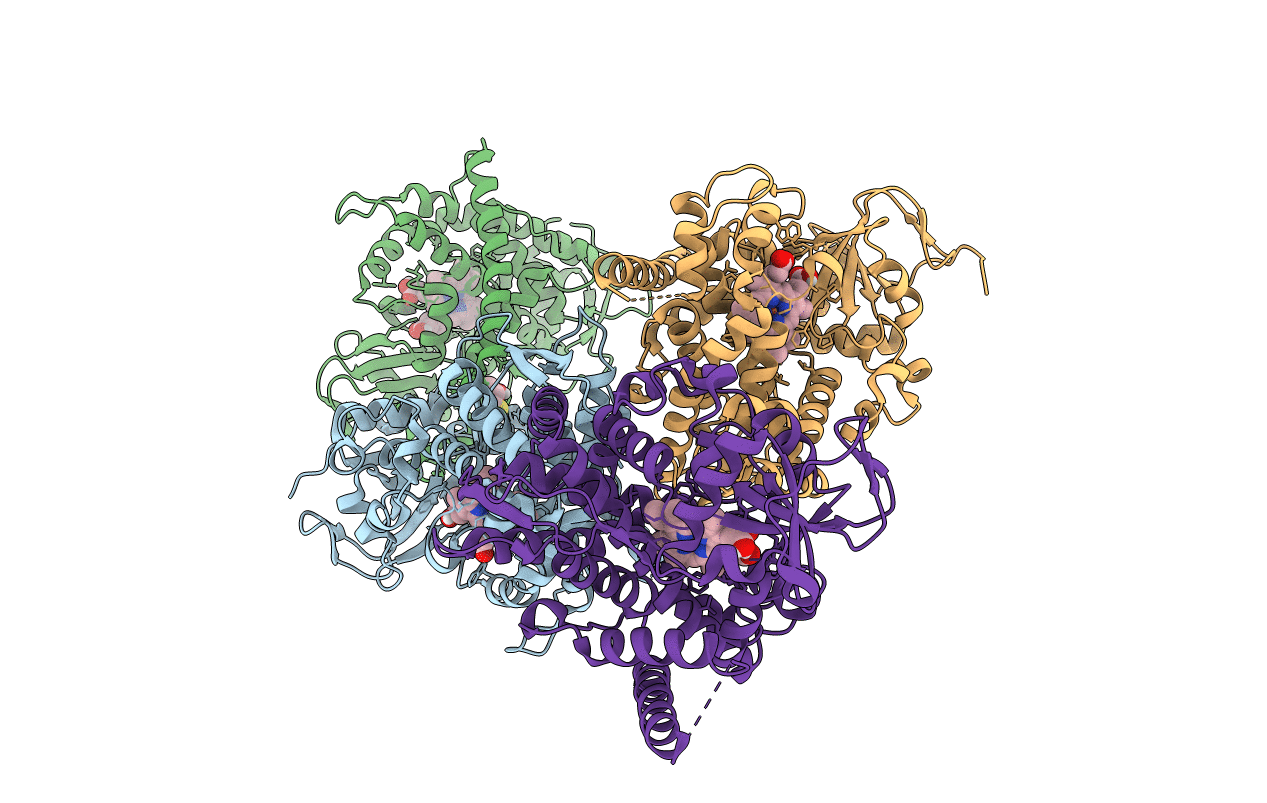
Deposition Date
2015-10-15
Release Date
2016-01-27
Last Version Date
2023-09-27
Entry Detail
Biological Source:
Source Organism:
Bacillus megaterium (Taxon ID: 1404)
Host Organism:
Method Details:
Experimental Method:
Resolution:
2.23 Å
R-Value Free:
0.22
R-Value Work:
0.18
R-Value Observed:
0.18
Space Group:
C 1 2 1


